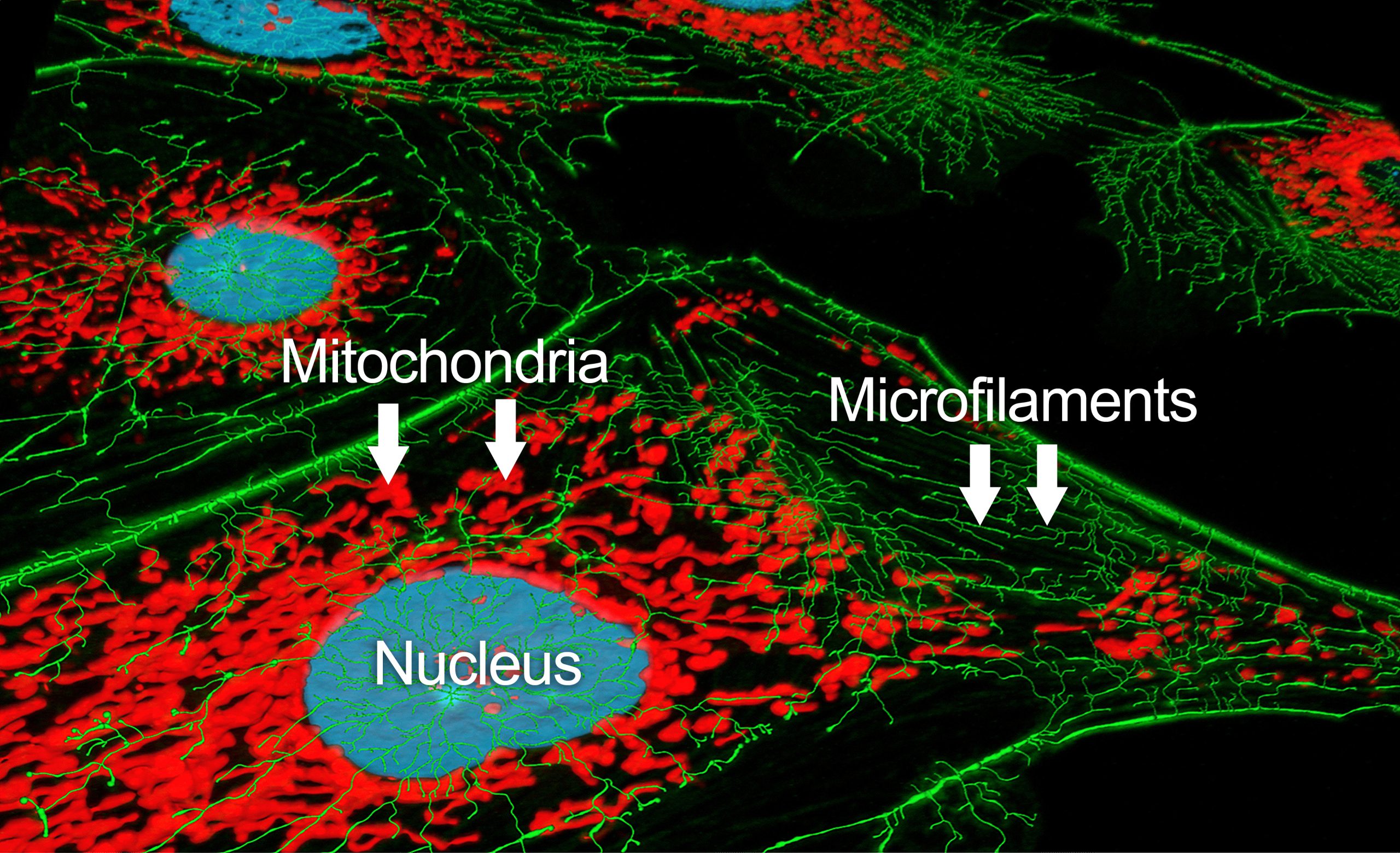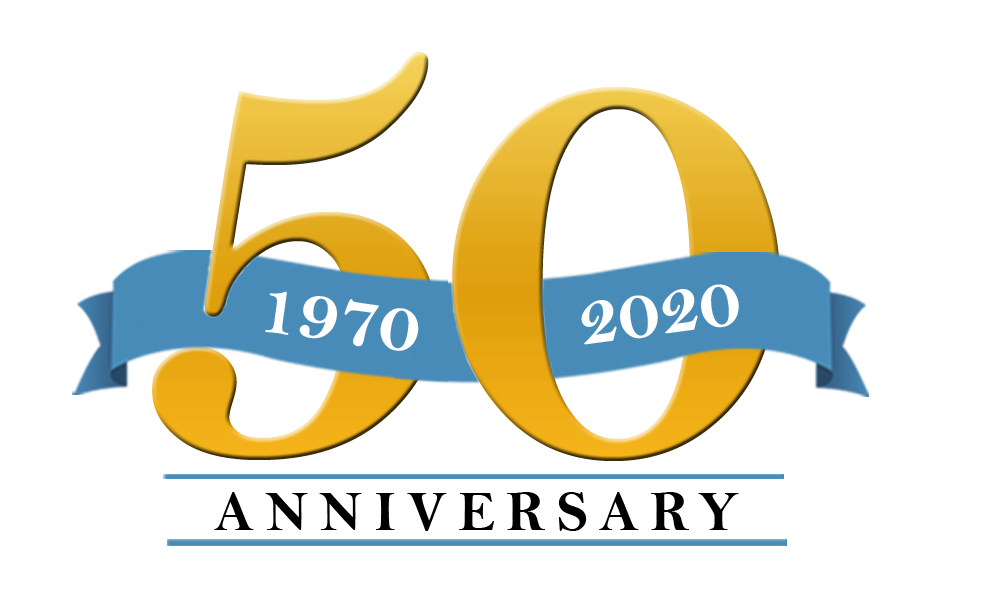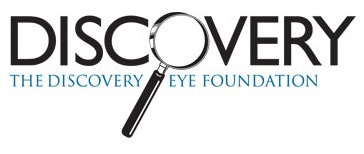Confocal multiphoton microscopes have been a game-changer for researchers who use them to generate highly detailed images of cells (see image). While UC Irvine has several of these microscopes on campus, they are in very high-demand, and gaining use of one can be difficult.

Luckily for vision scientists, including DEF-supported researchers, the Gavin Herbert Eye Institute (GHEI) was able to purchase a Leica Stellaris 8 Confocal Microscope for its own use. An array of users has been training on how to use the microscope for high-resolution optical sectioning since late spring 2023.
“This microscope is part of the microanatomy core facility we have now,” says Dr. James Jester, a DEF-supported professor at GHEI. “Our investigators can have access to this kind of imaging, which is now more or less standard, and not have to wait weeks and months, delaying their studies.
“Our previous microscope was 15 years old, and it just died. This update lets us get higher resolution images and probe cells with multiple probes simultaneously. It allows us to push at the frontiers of experimental study.”
Jacob Dohl, PhD, a graduate student, and Winston Zaw, an undergraduate student, have been using the new confocal microscope to investigate whether the accumulation of fatty acids within a cell changes the shape and function of the mitochondria and how it reflects on the metabolic health of cells. To accomplish this, they have cultured age-related macular degeneration cybrid cells, fixed them with formalin, then stained them with antibodies to identify the cellular structures.
“Our work is mainly focused on mitochondria health, so viewing them in such high resolution will allow us to move leaps and bounds to help us understand the role mitochondria play in eye health and diseases,” Dohl says.
“This new microscope helps us visualize the crucial role mitochondria play as the producers of energy to keep cells alive and functioning,” says DEF Research Director Dr. M. Cristina Kenney. “DEF-funded researchers can now use this tool to accelerate their sight-saving work.”

